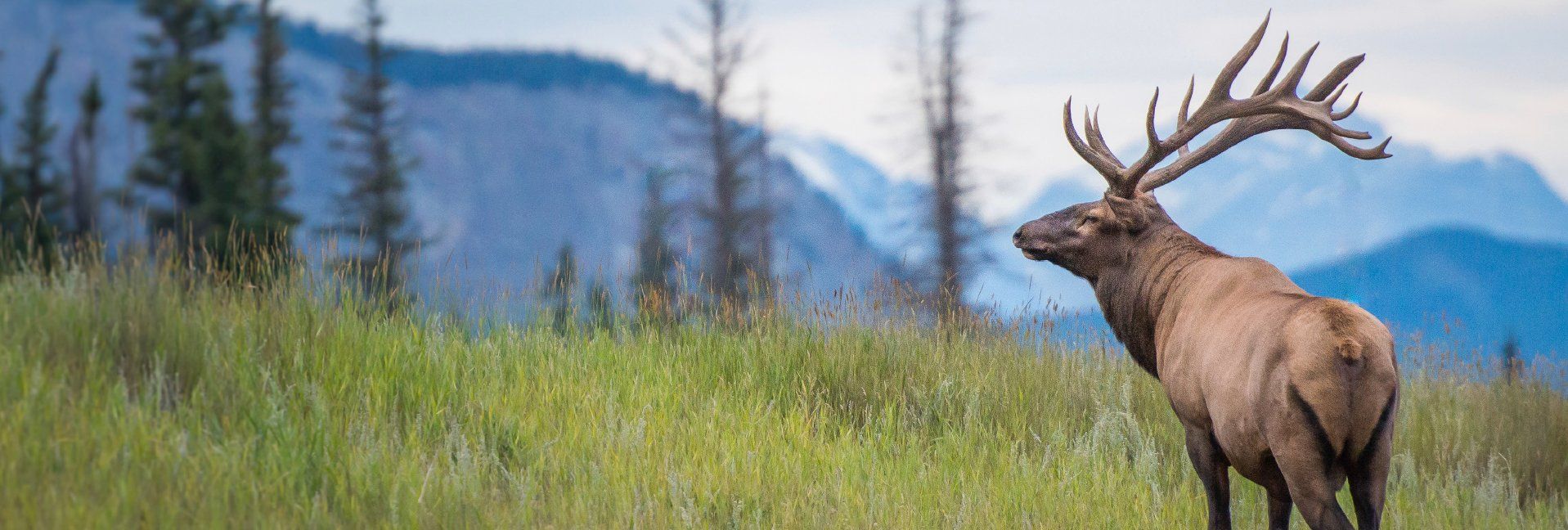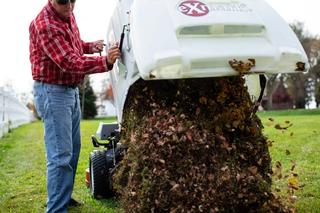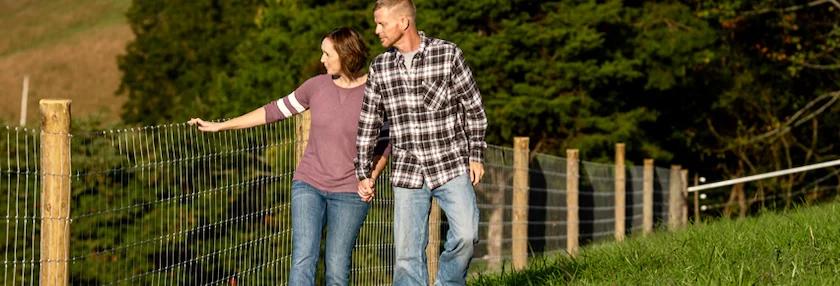Dear Oh Deer! What to know about Chronic Wasting Disease


“Got your elk yet?” is about to become a common autumn greeting among Rocky Mountain sportsmen. In a few weeks, both new and experienced hunters will be taking to the foothills, fields, and forests.
Deer, elk, and moose hunting have long been recognized as a valuable tool for keeping populations regulated, and the benefit for hunters is the delicious wild game meat…and the occasional trophy for the man-cave.
But in recent years, authorities have been waving a red-flag about a serious disease affecting these species called Chronic Wasting Disease.
This disease affects cervids, the family that includes deer, elk, and moose, and it is worth knowing about for two reasons:
• These populations could be greatly reduced, making hunting impractical
• Humans shouldn’t eat meet from any CWD-diseased animal
While experienced hunters may be able to identify a potentially diseased animal from 500 yards, the rest of us should learn what to look for and know what to do. So let’s go through some question-and-answer.
What is CWD?
It’s a neurological disease—meaning originating in the brain—with symptoms that are headlined by drastic long-term weight loss, or wasting.
What are other symptoms?
These animals often show loss of fear of humans, drooping head or ears, staggering or tremors, and excessive salivation.
How long has it been around?
“The first case detected in an area is so rarely not the first case…” noted Wyoming State Wildlife Veterinarian Dr. Mary Wood. That is, CWD was already in the wild when authorities first started looking for it.
CWD was seen since the 1970s in captive herds. The earliest known cases in the wild were found in Wyoming and Colorado more than 30 years ago.
Where is CWD found?
The range is greatest in the free-ranging populations of Wyoming and Colorado, and in two Canadian provinces. Other populations in Wisconsin, Michigan, Illinois, Kansas, and Nebraska, and in mountainous regions of New Mexico, Pennsylvania, Maryland, and Virginia also show CWD. Captive populations—that is, deer or elk farms—in all these regions have exhibited cases of CWD.
As of June 7, 2019, there were 274 counties in 24 states with reported CWD in free-ranging cervids
Source: United States Geological Survey
How is it spread?
At the end of the day, scientists do not know. We are aware that it is a “prion disease” and that meat from infected animals can cause its spread. That was the origination of the England’s “Mad Cow Disease” of the late 1980s and 1990s: feed in that country included protein from infected animals, and prions in the feed infected herds there. The U.S. has banned this practice for more than 30 years.
Because it is transmitted in wild, free-ranging populations, any close contact among herd members may spread the disease. Blood, saliva, manure, and urine from infected animals may carry these disease-causing prions.
Okay, what’s a prion?
Basically, it’s a naturally-occurring protein in the brain that has gone bad. These faulty proteins are called prions (pronounced “pree-ons”) and instead of being inactivated, they cause other brain proteins to fold up in weird ways, creating the disease.
If I see a deer or elk that exhibits symptoms of Chronic Wasting Disease, should I shoot it?
No, you should record when and where and report it right away to your state department of natural resources, or local game warden. While it may be the humane thing to do, shooting a diseased animal creates problems—like what to do with the carcass if you shouldn’t eat the meat? Additionally, you would waste your deer or elk license on an otherwise worthless animal.
Sighting a CWD-evident animal is actually rare in the wild, wildlife experts say. Since the disease is slow to manifest itself, animals gradually weaken and would be naturally eliminated by predators.
Will deer or elk become harder to hunt?
In normal years, wild herds will have no noticeable decrease in the number of animals available due to CWD, experts say. “During years where conditions are not good, and we have harsh winters and droughts, things like that,” says Wyoming’s Dr. Wood, “then it’s almost like the effects of CWD are magnified.” In other words, there may be fewer animals to hunt…if any at all.
Can I harvest deer or elk in CWD-identified areas?
Certainly, but check with wildlife officials to see if testing is required or advised before eating the meat. Recommendations vary by state.
A negative test does not guarantee that the animal is not infected with CWD, the Centers for Disease Control (CDC) states, “but it does make it considerably less likely and may reduce your risk of exposure to CWD.”
Can I eat venison or elk from a wild game farm?
It depends. The U.S. Department of Agriculture’s Animal and Plant Health Inspection Service (APHIS) regulates commercially-farmed deer and elk and has a rigorous CWD herd certification program where owners agree to meet requirements that decreases risk in their herds. If a herdsman doesn’t participate in this program, you may be at increased risk from eating that meat.
Has anyone gotten sick from CWD-infected meat?
As far as officials know, no one has developed a neurological disease from eating CWD-infected meat, but as a prion disease, they worry that it is possible. A 2017 study showed that CWD was transmitted to monkeys fed with infected tissue, but another study failed to show this same thing with another species genetically closer to humans. But it remains possible, the CDC warns.
Remember, this is an always-fatal neurological disease in deer, elk, and moose.
What’s being done to combat CWD?
States that have notable wild cervid populations—and many with limited deer or elk—have drawn up extensive management plans. Among the strategies:
• Captive herd depopulation when CWD is detected
• Monitoring of captive herds in CWD-prevalent areas
• Survey of existing populations
• Continued testing of harvested and submitted samples
Culling the herds to reduce population is the main thrust, with none of the strategies involving actual treatment or prevention of the disease.
Is that all that science has in its pocket?
Recent developments now suggest that there is a bacterium that causes prions to form as a consequence of infection. Dr. Frank Bastian of Louisiana State University is a neuropathologist who announced in February 2019 that he has consistently identified Spirolasma bacteria in brains and lymph from CWD-affected animals. Science has been looking at prions as the cause, but Dr. Bastian believes prions are an effect of this bacterium.
The good news is that science knows how to fight bacteria, and the hunt is on for methods to cure infected animals, and develop an easy-to-administer vaccine for cervids in the wild. The next ten years will likely be exciting for both scientists and hunters, so stay tuned.
Want more information?
Visit the Chronic Wasting Disease Alliance at cwd-info.org for the latest updates in your area.
Tags:Seasonal Living

Acreage Life is part of the Catalyst Communications Network publication family.
















